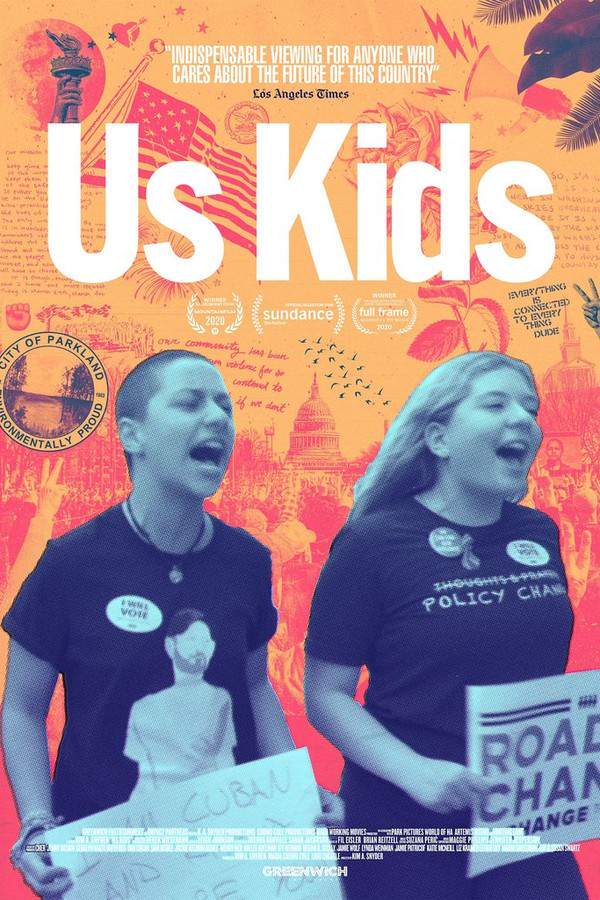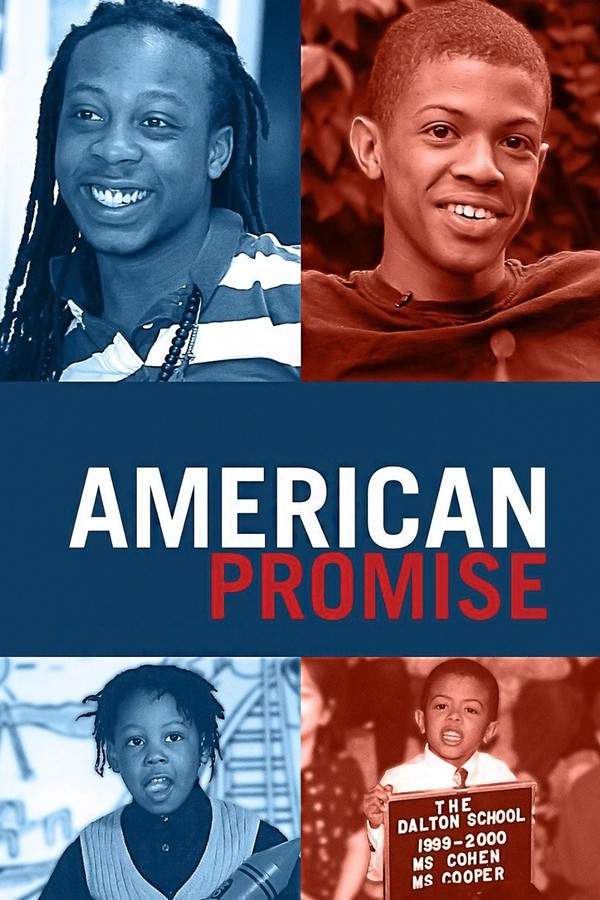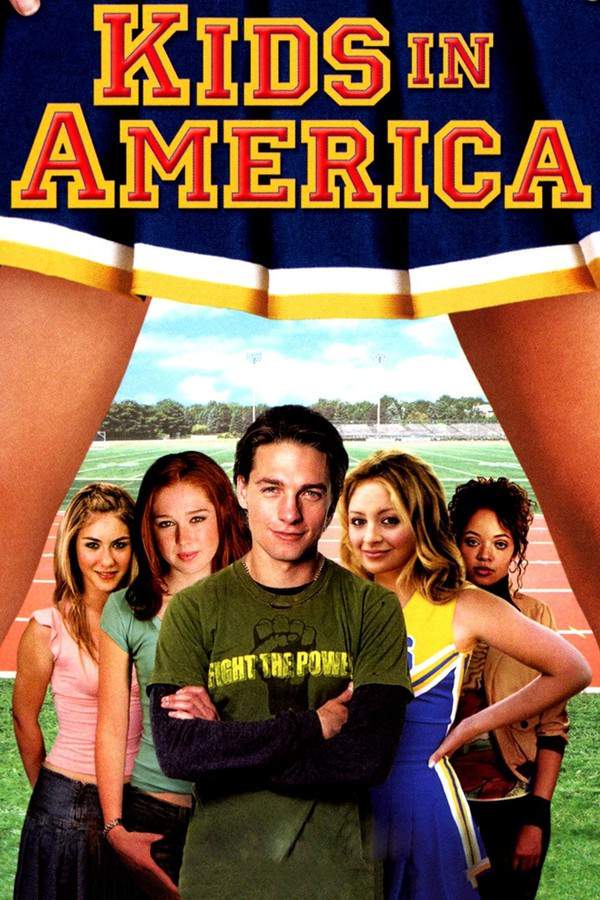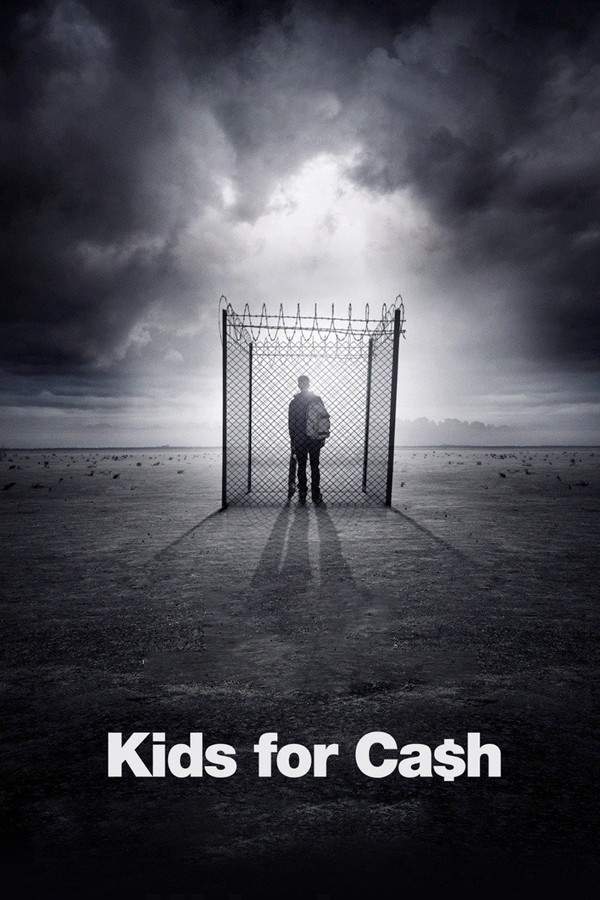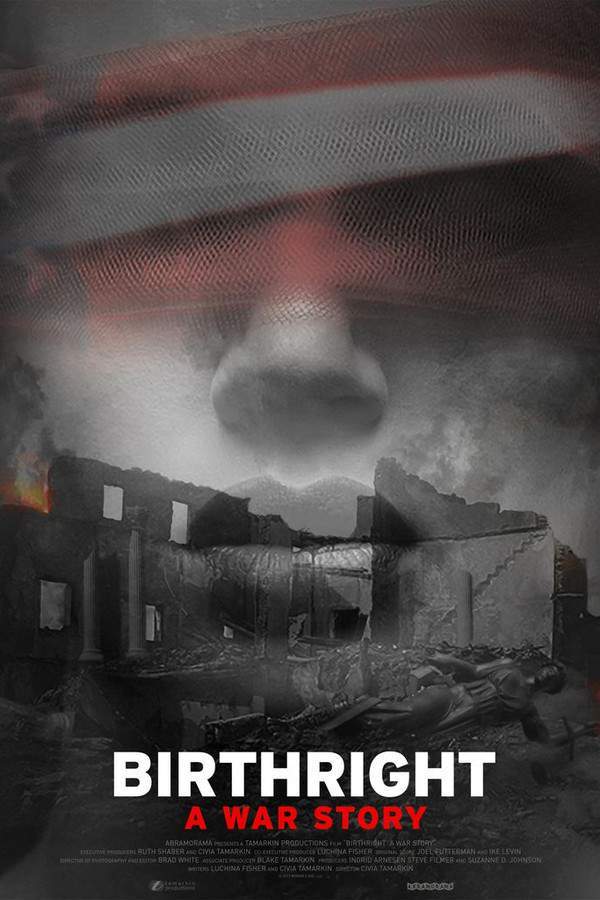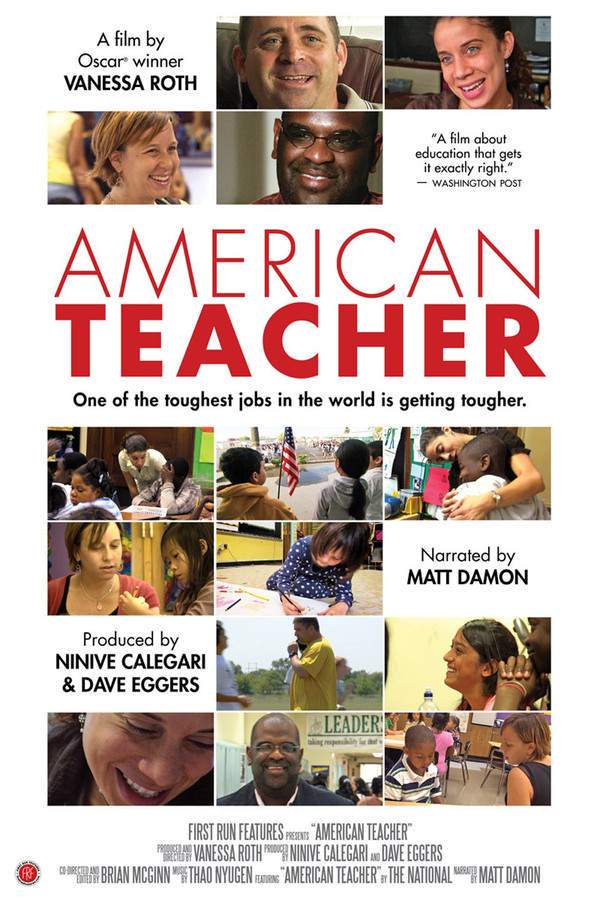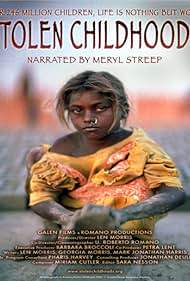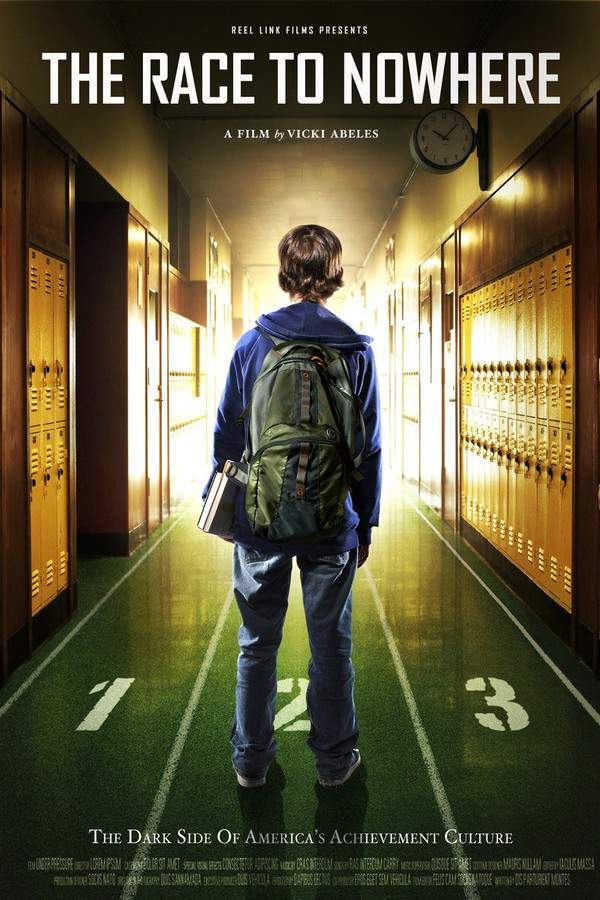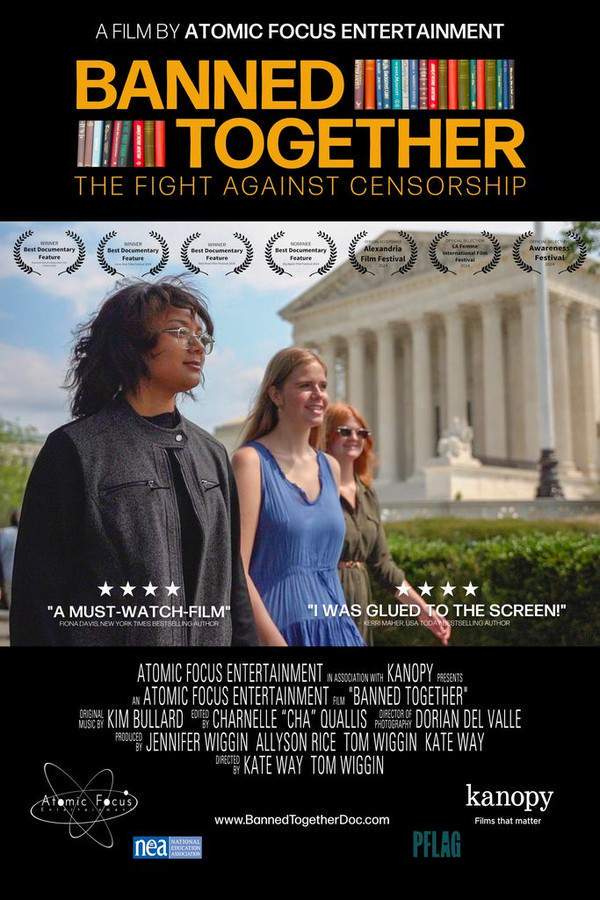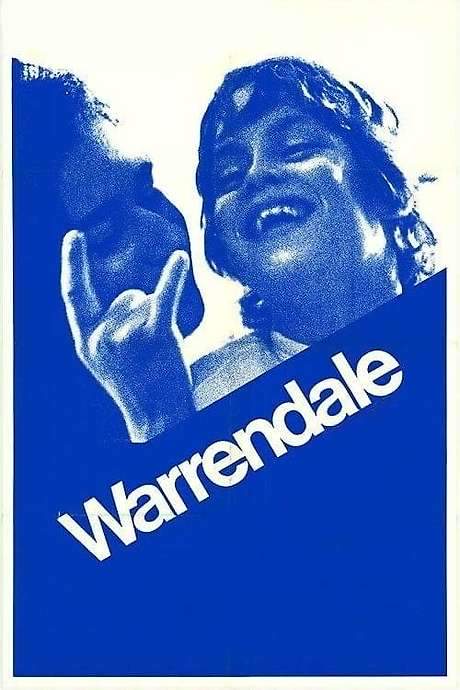The War on Kids 2009
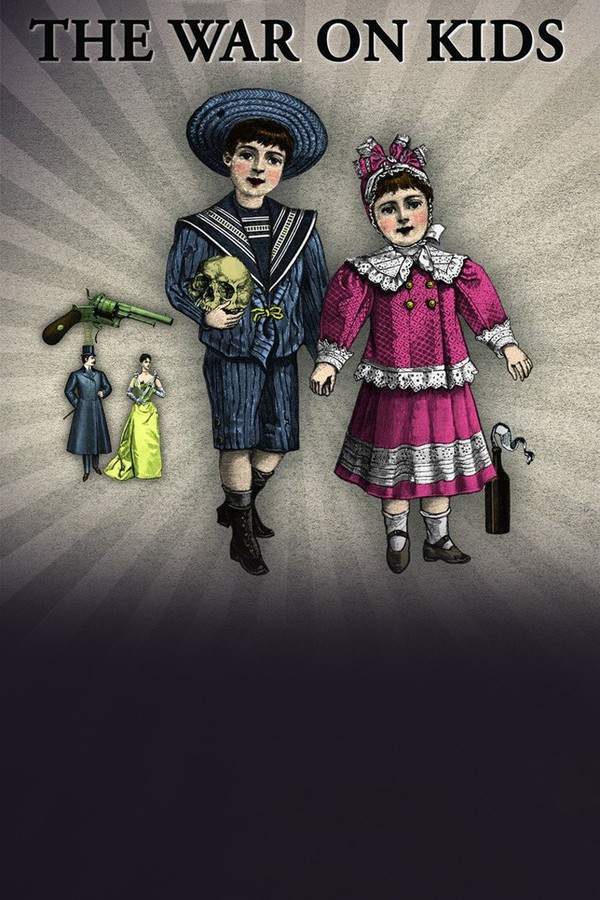
This documentary explores the concerning state of American public schools, revealing how the focus on education has been significantly altered. It argues that denying basic rights to students undermines democratic principles, creating an environment that resembles imprisonment rather than a place of learning. The film examines the impact of these policies on young people and questions the current direction of the educational system.
Does The War on Kids have end credit scenes?
No!
The War on Kids does not have end credit scenes. You can leave when the credits roll.
Meet the Full Cast and Actors of The War on Kids
Explore the complete cast of The War on Kids, including both lead and supporting actors. Learn who plays each character, discover their past roles and achievements, and find out what makes this ensemble cast stand out in the world of film and television.
No actors found
External Links and Streaming Options
Discover where to watch The War on Kids online, including streaming platforms, rental options, and official sources. Compare reviews, ratings, and in-depth movie information across sites like IMDb, TMDb, Wikipedia or Rotten Tomatoes.
Ratings and Reviews for The War on Kids
See how The War on Kids is rated across major platforms like IMDb, Metacritic, and TMDb. Compare audience scores and critic reviews to understand where The War on Kids stands among top-rated movies in its genre.

43
Metascore
tbd
User Score

7.7 /10
IMDb Rating

73
%
User Score
Take the Ultimate The War on Kids Movie Quiz
Challenge your knowledge of The War on Kids with this fun and interactive movie quiz. Test yourself on key plot points, iconic characters, hidden details, and memorable moments to see how well you really know the film.
The War on Kids Quiz: Test your knowledge on the shocking truths revealed in 'The War on Kids' and its critique of the American education system.
What primary issue does 'The War on Kids' attribute to the failures of the American education system?
The lack of funding
The students' shortcomings
The institutional flaws of public education
The parents' involvement
Show hint
Full Plot Summary and Ending Explained for The War on Kids
Read the complete plot summary of The War on Kids, including all major events, twists, and the full ending explained in detail. Explore key characters, themes, hidden meanings, and everything you need to understand the story from beginning to end.
Blame for the issues plaguing the education system in America is frequently assigned to inadequate funding or the supposed deficiencies of today’s youth. Yet, there are instances where parents, teachers, and administrators are also held responsible. However, any attempts to enhance educational quality are bound to falter if the structural issues within the system remain unexamined. After being in production for over six years, THE WAR ON KIDS boldly unveils that the root of public education’s failures lies within the institution itself. Astonishingly, reform initiatives consistently neglect to consider this as a possibility, putting the future of both children and American democracy in jeopardy.
In its thorough 95-minute runtime, THE WAR ON KIDS highlights the myriad ways in which the public school system has failed to serve children and safeguard our future by stripping students of essential freedoms, driven largely by irrational fears. It illustrates how children are forced to endure an environment resembling a prison, complete with oppressive security measures, arbitrary punishments, and pharmacological misuse through the enforced prescription of harmful medications. Despite these extreme tactics, schools continue to fall short in educating students, with the focus on teaching overshadowed by the need to exert control.
The film kicks off by tracing the origins of the Zero Tolerance policy. During the 1990s, educational institutions began implementing regulations aimed at removing weapons and drugs from school grounds. However, school officials quickly began to arbitrarily define what constituted a weapon or drug. This has led to countless incidents where children have been suspended or expelled for harmless items such as food knives, nail clippers, and even candy. Shockingly, kindergarteners have received suspensions for innocently playing cops and robbers using their fingers as guns. Under the Zero Tolerance guise, administrators have amassed considerable power, free from the burdens of accountability, which has increasingly been exploited, leaving students feeling hopeless and fearful in an environment reminiscent of Kafka’s literary nightmares.
The documentary makes it clear that students’ civil rights have been nearly eradicated. They endure random searches, drug testing, and are often denied the right to express themselves both verbally and in writing, all while being subjected to corporal punishment without due process. The protection from self-incrimination is routinely ignored, and in some grave cases, students can even be strip-searched without parental consultation. Courts typically support schools’ rights to act as they see fit regarding children, often at the expense of their well-being.
Today, schools bear striking similarities to prisons in their structure and operations, and the film effectively illustrates this through a direct comparison. Viewers witness the noticeable substandard conditions of the average public school relative to a prison in terms of resources and maintenance. Most troubling is the reality that the school ambiance is far more oppressive and bleak.
Security concerns have overshadowed all aspects of schooling, and THE WAR ON KIDS points out the futility of these deeply invasive security measures. For instance, despite the presence of security cameras at Columbine High School during the tragic shooting, they provided no deterrent or protection. Interviews with students featured in the film reveal that the surveillance only fosters anxiety and fear, creating an even more hostile atmosphere. Methods such as locker checks and metal detectors have proven ineffective yet contribute to the school’s oppressive environment.
Harrowing footage captures a 2003 SWAT team raid at Stratford High School in Goose Creek, SC, prompted by the principal’s suspicion of drug activities. The aggressive response, which involved firearms and police dogs, yielded no findings, illustrating the relentless oversight that students are subjected to and the lack of boundaries when dealing with children.
In addition to physical pressure, the film exposes widespread psychiatric abuse within schools. Experts shed light on the alarming rise of ADD diagnoses and the unscrupulous behavior of pharmaceutical companies. The overwhelming evidence presented indicates that the drugs, such as Ritalin, frequently prescribed to children can have severe and lasting negative effects, leading to tragedies like murder and suicide. What is marketed as a solution often proves to be more harmful than the issues it seeks to address. Moreover, it becomes apparent that the students who question authority and educators are the very ones targeted for drugging, ultimately forcing their compliance.
In summary, THE WAR ON KIDS reveals that as authoritarian institutions, schools are fundamentally flawed and incapable of genuine reform. Children endure some of the most extreme and invasive controls imaginable, stripped of basic human rights typically granted even to prisoners of war. The chilling implications extend beyond the immediate effects on these children, jeopardizing the very foundations of American society as an entire generation grows up oblivious to the significance of civil rights within a democratic framework.
Uncover the Details: Timeline, Characters, Themes, and Beyond!

Coming soon on iOS and Android
The Plot Explained Mobile App
From blockbusters to hidden gems — dive into movie stories anytime, anywhere. Save your favorites, discover plots faster, and never miss a twist again.
Sign up to be the first to know when we launch. Your email stays private — always.
Discover Film Music Concerts Near You – Live Orchestras Performing Iconic Movie Soundtracks
Immerse yourself in the magic of cinema with live orchestral performances of your favorite film scores. From sweeping Hollywood blockbusters and animated classics to epic fantasy soundtracks, our curated listings connect you to upcoming film music events worldwide.
Explore concert film screenings paired with full orchestra concerts, read detailed event information, and secure your tickets for unforgettable evenings celebrating legendary composers like John Williams, Hans Zimmer, and more.


The War on Kids Themes and Keywords
Discover the central themes, ideas, and keywords that define the movie’s story, tone, and message. Analyze the film’s deeper meanings, genre influences, and recurring concepts.

Unlock the World of Movies with Our Comprehensive Wiki
Dive into our Movie Wiki for in-depth film encyclopedia entries, including cast biographies, production trivia, plot synopses, behind-the-scenes facts, and thematic analyses. Whether you’re researching iconic directors, exploring genre histories, or discovering hidden easter eggs, our expertly curated movie database has everything you need to fuel your cinematic passion.

Similar Movies To The War on Kids You Should Know About
Browse a curated list of movies similar in genre, tone, characters, or story structure. Discover new titles like the one you're watching, perfect for fans of related plots, vibes, or cinematic styles.
Quick Links: Summary, Cast, Ratings, More

What's After the Movie?
Not sure whether to stay after the credits? Find out!
Explore Our Movie Platform
New Movie Releases (2025)
Famous Movie Actors
Top Film Production Studios
Movie Plot Summaries & Endings
Major Movie Awards & Winners
Best Concert Films & Music Documentaries
Movie Collections and Curated Lists
© 2025 What's After the Movie. All rights reserved.











